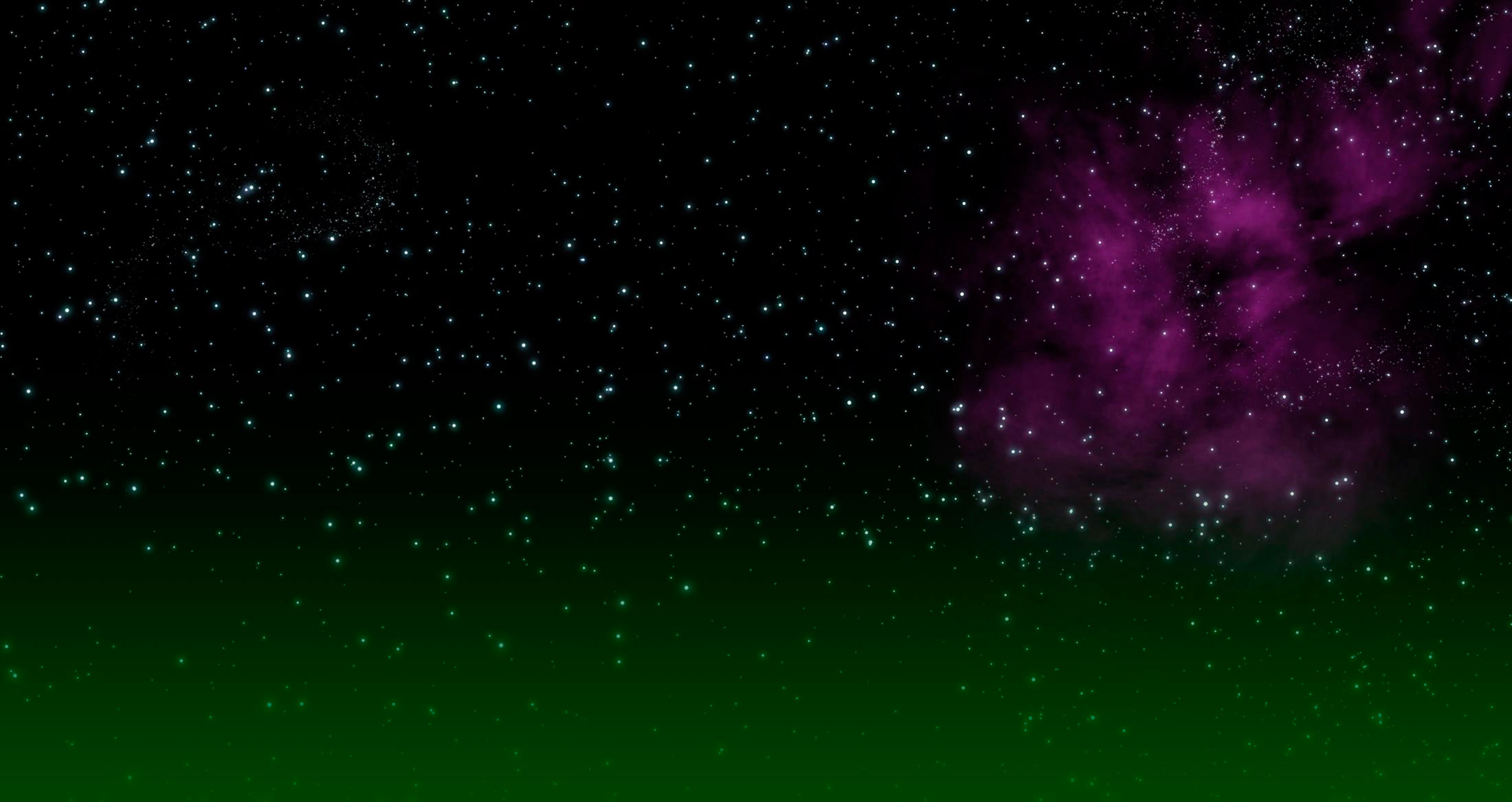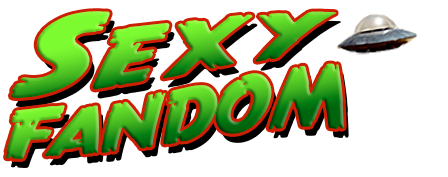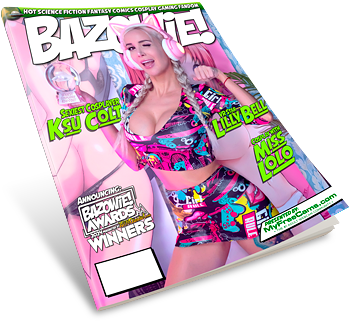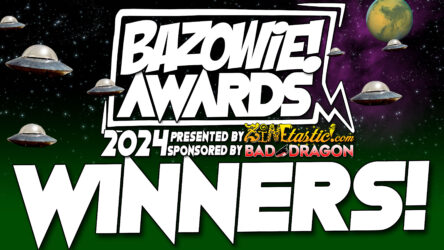Prior to its appropriation by the fantasy genre, the monster was an important social concept. Monsters were often associated with unknown lands and unknown things. For instance, historically, unexplored areas on maps would be marked indicating that monsters such as dragons lived there. This connection between monsters and the unknown meant that the monster was an important concept in the Rennaissance and the Enlightenment, as Western society began to use science and other academic disciplines to try to understand the unknown. Monsters were seen as scientific puzzles — things science needed to understand. In the Enlightenment, the cabinet of curiosities would often include monsters in amongst the scientific instruments and toys. Similarly, the monstrous was an important concept on aesthetics during the enlightenment, often closely associated with the wondrous and the sublime.
This relationship between science and monstrosity became an important theme in many Victorian era horror novels, where science was often depicted not merely as studying monsters, but as producing them. Notable examples include Dr. Jekyll and Mr. Hyde and Frankenstein. This change corresponded with a decline in the popularity of science among
Some traces of this classic relation to monsters can be found in the popularity of tabloid newspapers such as the Weekly World News. Contemporary philosophers such as Lorraine Daston have written at length about the relationship between how society depicts monsters and the role of science in that society. (via Wikipedia)
No tags for this post.










